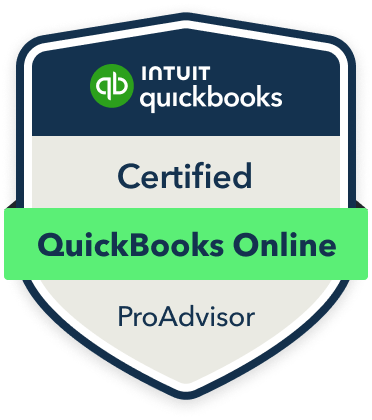
How to Read Your Financial Statements (Even If You’re Not an Accountant)
Understanding your financial statements is one of the most valuable skills you can develop as a business owner. These reports show where your business stands and help you make smarter decisions.
There are three key financial statements to know: the balance sheet, the income statement, and the cash flow statement. Each one gives you a different view of your business.
The balance sheet shows what your business owns, what it owes, and what’s left over for you. It’s like a snapshot of your business at a specific point in time. It includes your assets (like cash, equipment, and unpaid invoices), your liabilities (such as loans or unpaid bills), and your equity (the difference between what you own and what you owe).
The income statement, sometimes called a profit and loss statement, shows how much money your business earned and spent over a period. It tells you if your business is making a profit or a loss. This is where you can track your revenue, expenses, and net income.
The cash flow statement shows how money is moving in and out of your business. Even if your income statement looks good, poor cash flow can still cause trouble. This report helps you understand if you have enough cash to pay your bills and keep operating.
To start reading your financial statements, begin by checking your total revenue and net income on the income statement. Then, look at your cash flow to make sure your business has enough money coming in to cover expenses. Finally, review your balance sheet to see your overall financial position and how stable your business is.
Try to compare your numbers over time, month to month or quarter to quarter so you can spot trends, track growth, or catch problems early.

